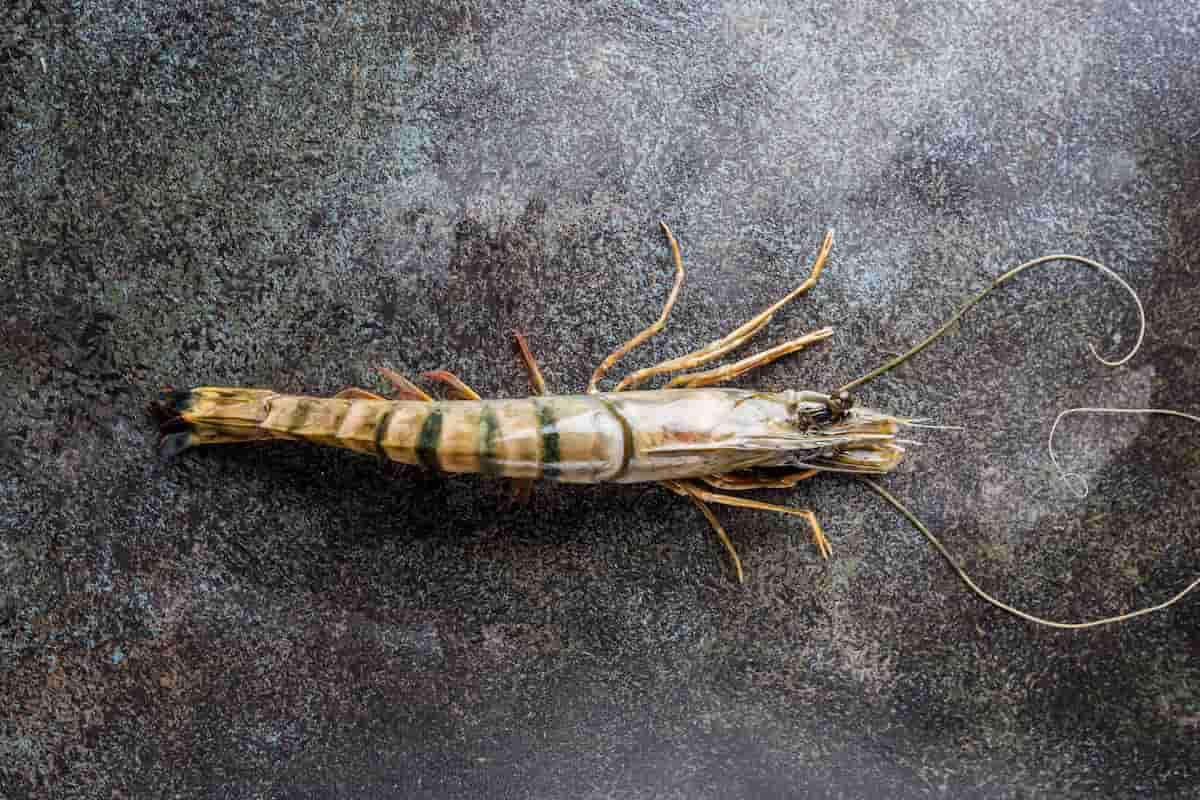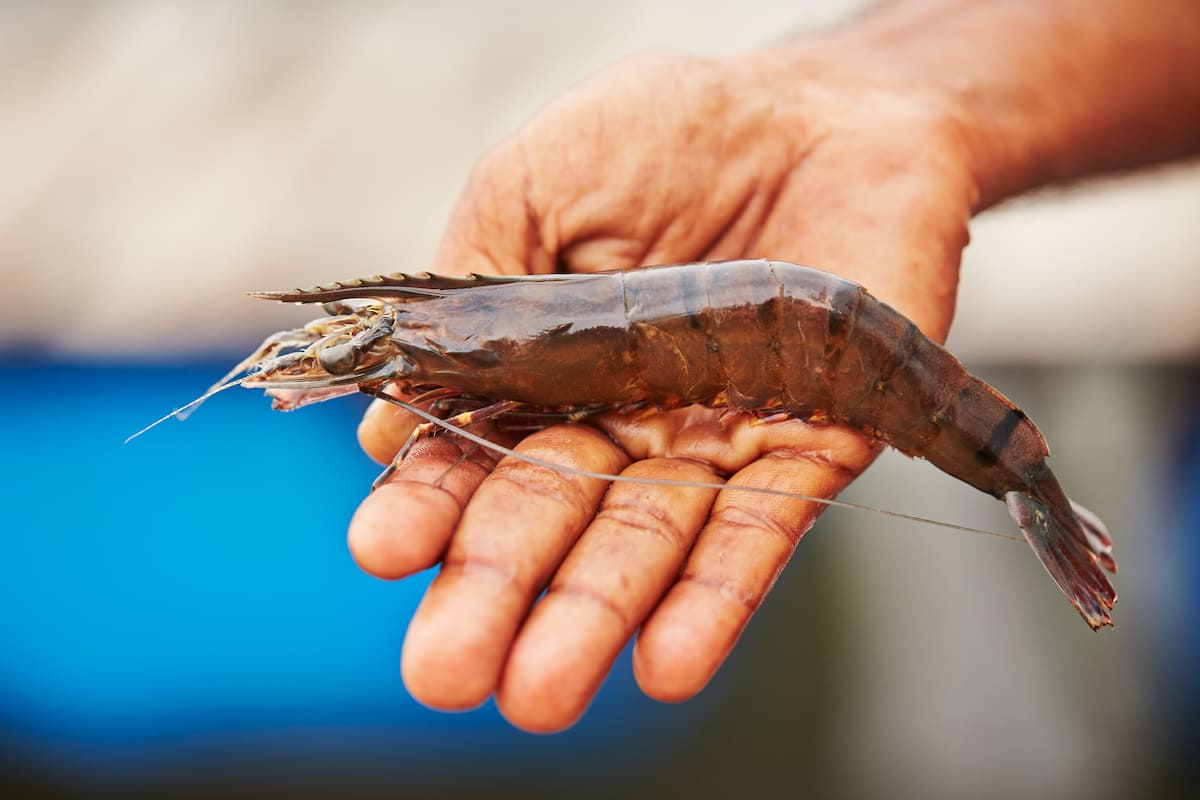Prawn farming, or shrimp farming, is a rapidly growing industry in India. It involves farming various species of freshwater and marine prawns in controlled environments such as ponds, tanks, and raceways. Prawn farming has gained popularity among Indian farmers due to its potential for high yields and profitability. The industry has also played a crucial role in the country’s seafood exports, contributing significantly to India’s economy. Below we learn Prawn/Shrimp farming success story, the prawn/shrimp culture project, and prawn farming in ponds.

Prawn/Shrimp Farming Success Story
Success Story of Mr. Kumar
One Indian farmer who found great success in prawn farming is Mr. Kumar, who owns a 5-acre farm in the coastal region of Tamil Nadu. Mr. Kumar has been a farmer all his life but struggled to make ends meet with traditional crops like rice and wheat. As a result, he switched to prawn farming, and the results have been remarkable. Mr. Kumar’s journey started with extensive research on prawn farming.
He spent months studying the different varieties of prawns, their life cycle, feeding habits, and ideal environmental conditions. He also consulted with experts and visited successful prawn farms in the region to learn from their experiences. Once he had a solid understanding of prawn farming, Mr. Kumar invested INR 4.5 lakhs in setting up the farm infrastructure. This included building a pond, installing a pump and aeration system, and buying prawn seedlings.
He chose to farm the Giant Tiger Prawn because it is a high-value species in demand in domestic and international markets. He bought the Prawn Seed and stocked at the density of 7,500 individuals per acre. This means that on his total farm, there are nearly 37,500 fingerlings. For the first few months, Mr. Kumar closely monitored the pond’s water quality, pH levels, and temperature to ensure the prawns grew in ideal conditions.
He also made sure to feed them a balanced diet of plankton, commercial prawn feed, and natural supplements like cow dung and poultry waste. His hard work paid off when he harvested his first batch of prawns after 120 days. Mr. Kumar could harvest 6 tonnes of prawns in the first year of prawn farming. He sold them at an average price of INR 700 per kilogram, earning total revenue of INR 42 lakhs. After deducting the cost of inputs like feed, labor, and pond maintenance, his net profit was INR 28 lakhs.
This is a significant increase from his previous income as a traditional farmer, around INR 5 lakhs per year. In addition, prawn farming is also susceptible to disease outbreaks and environmental factors like cyclones and floods. Mr. Kumar had to invest in biosecurity measures like regular water testing and quarantine protocols to prevent the spread of diseases. He also had to build strong embankments around the pond to protect it from flooding during the monsoon season.
In case you missed it: Greenhouse Farming Success Story: How This Farmer Earnerd Excellent Profits

Management and Care Taken by Mr. Kumar
One of the key factors contributing to Mr. Kumar’s success in prawn farming was the care and management he took to ensure that the prawns were growing in ideal conditions. He closely monitored the pond’s water quality, pH levels, and temperature to ensure the prawns were not stressed and growing at a healthy rate. He also ensured that the pond was well-aerated to prevent oxygen depletion, which can be fatal to prawns.
Another important aspect of Mr. Kumar’s care and management was the feeding regimen for the prawns. Prawns require a well-balanced and nutritious diet to grow and thrive. Prawn feeds typically contain a mix of protein, carbohydrates, vitamins, and minerals. Commercially available prawn feeds come in the form of pellets, crumbles, or powders and are formulated to meet the nutritional needs of prawns at different stages of their growth cycle.
In addition to commercial feeds, prawns can also be fed from natural food sources such as plankton, algae, and small aquatic organisms. It is essential to ensure that the feed is of high quality, free from contaminants and provided in the right quantities to avoid overfeeding or underfeeding, which can result in poor growth, health problems, and reduced yields. Fish Farming Success Story: How This Aqua Farmer Turned into Millionaire
xHe regularly tested the water quality and treated the water with appropriate chemicals to prevent the growth of harmful microorganisms. He also implemented quarantine protocols to ensure that any new prawn seedlings introduced to the pond were disease-free. Additionally, he built strong embankments around the pond to protect it from flooding during the monsoon season, which can also introduce harmful pathogens into the water.
Financial Aspects of Mr. Kumar’s Prawn Farm
Mr. Kumar’s success story in prawn farming has been financially rewarding. In the first year of his prawn farming venture, he harvested 6 tonnes of prawns and sold them at an average price of INR 700 per kilogram. This resulted in total revenue of INR 42 lakhs. The cost of inputs for Mr. Kumar’s prawn farm included the cost of building the pond, installing the pump and aeration system, buying prawn seedlings, and the cost of feed, labor, and pond maintenance.
These costs amounted to INR 14 lakhs for the first year. After deducting the cost of inputs from the total revenue, Mr. Kumar’s net profit was INR 28 lakhs. This net profit represents a significant increase from Mr. Kumar’s previous income as a traditional farmer, around INR 5 lakhs per year. This increase in income has allowed Mr. Kumar to improve his standard of living and invest in further expansion of his prawn farm.
In case you missed it: Hydroponic Farming Success Story: Profitable Soilless Cultivation

Mr. Kumar’s success has not gone unnoticed. He has become a role model for other farmers in the region looking to switch to prawn farming. He has been invited to speak at agricultural conferences and has even started a consulting service to help other farmers set up their own prawn farms. Mr. Kumar’s success story shows that prawn farming can be a profitable and sustainable alternative for traditional farmers. With careful planning and investment, farmers can switch to prawn farming and improve their income while contributing to the local economy.
Conclusion
The success story of Mr. Kumar’s prawn farm is an inspiring example of the potential for profitable and sustainable agriculture. Through careful planning and management, Mr. Kumar established a successful prawn farm and increased his income. This success story demonstrates the potential for prawn farming as a viable alternative for traditional farmers and highlights the importance of investment, training, and attention to detail in this industry.
- Feed Your Flock for Less: Top 10 Tips to Save on Chicken Feed
- Ultimate Guide to Ossabaw Island Hog: Breeding, Raising, Diet, and Care
- Hatching Answers: The Top 10 Reasons Your Chickens Aren’t Laying Eggs
- Eggs and Economics: Breaking Down the Cost of Raising Backyard Chickens
- Defend Your Greens: Proven Methods to Keep Iguanas Out of Your Garden
- Ultimate Guide to Cinnamon Queen Chicken: A Comprehensive Guide for Beginners
- Ultimate Guide to California Tan Chicken: Breeding, Raising, Diet, Egg-Production and Care
- Ultimate Guide to Marsh Daisy Chicken: Breeding, Raising, Diet, and Care
- 10 Types of Chicken Farming Businesses You Can Start for Profits